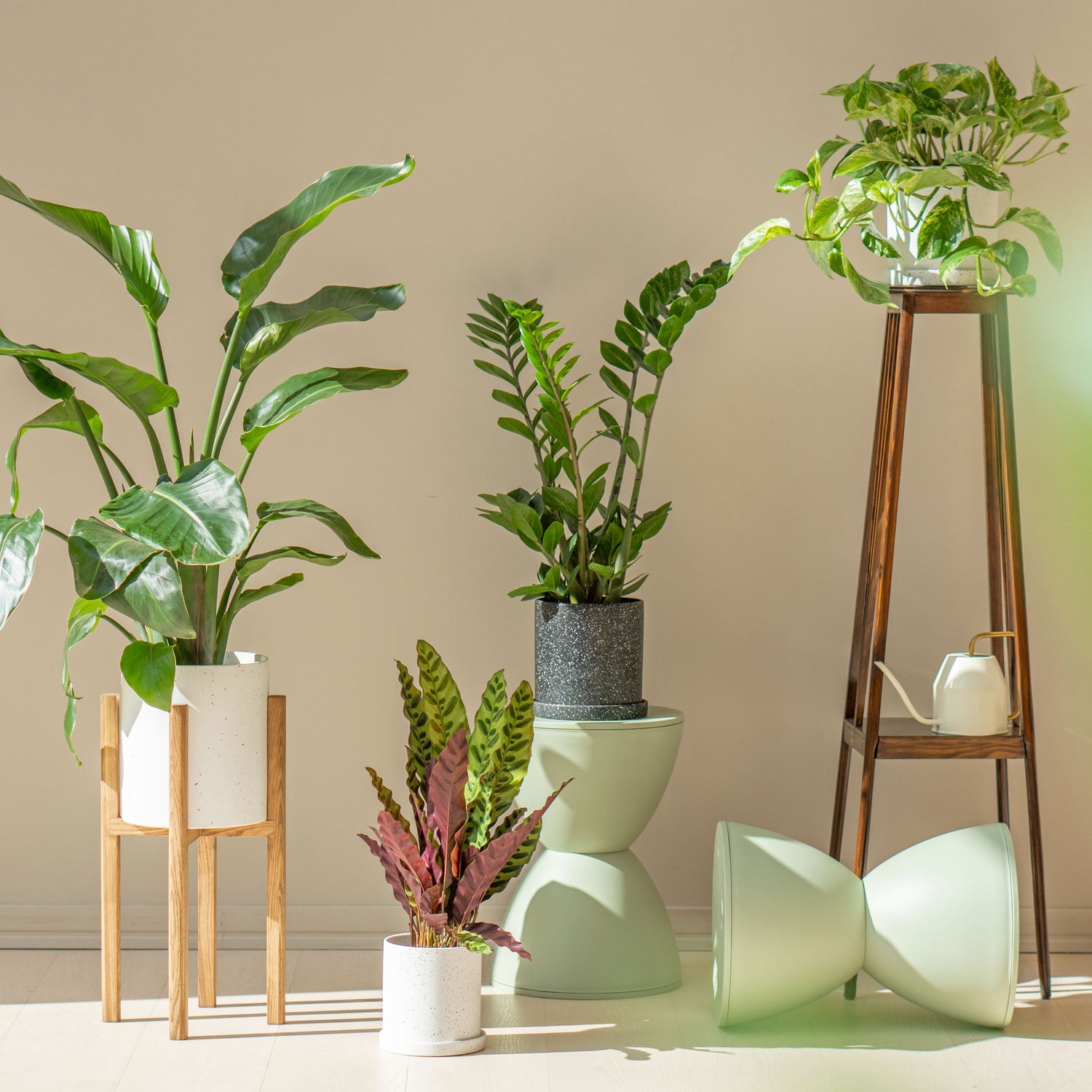
Connection to Nature
Our connection to nature is critical and plays a vital role in our wellbeing. Nature influences our ability to experience balance, thoughtfulness, and compassion while providing a panoply of health benefits, including reduced levels of inflammation and stress hormones. That is why we need to reconnect with the natural world around us.
It's not just our assumption or subjective opinion – there are lots of research which prove that if we provide «a dose of nature» to our organism it will be flourishing.

We Are Nature
Let's start with admitting the fact that nature doesn’t just surround us; we are nature. Millions of years our genes developed under the influence of nature, throughout our evolution, understanding nature was necessary for survival. But we’ve moved away from nature, literally. In 1900, there were around seven people living in rural environments for every one urbanite. Today, more than one out of every two people—that’s half the global population—lives in an urban center, a number expected to grow as the years go by. By 2050, almost 70 percent of us will live in cities.
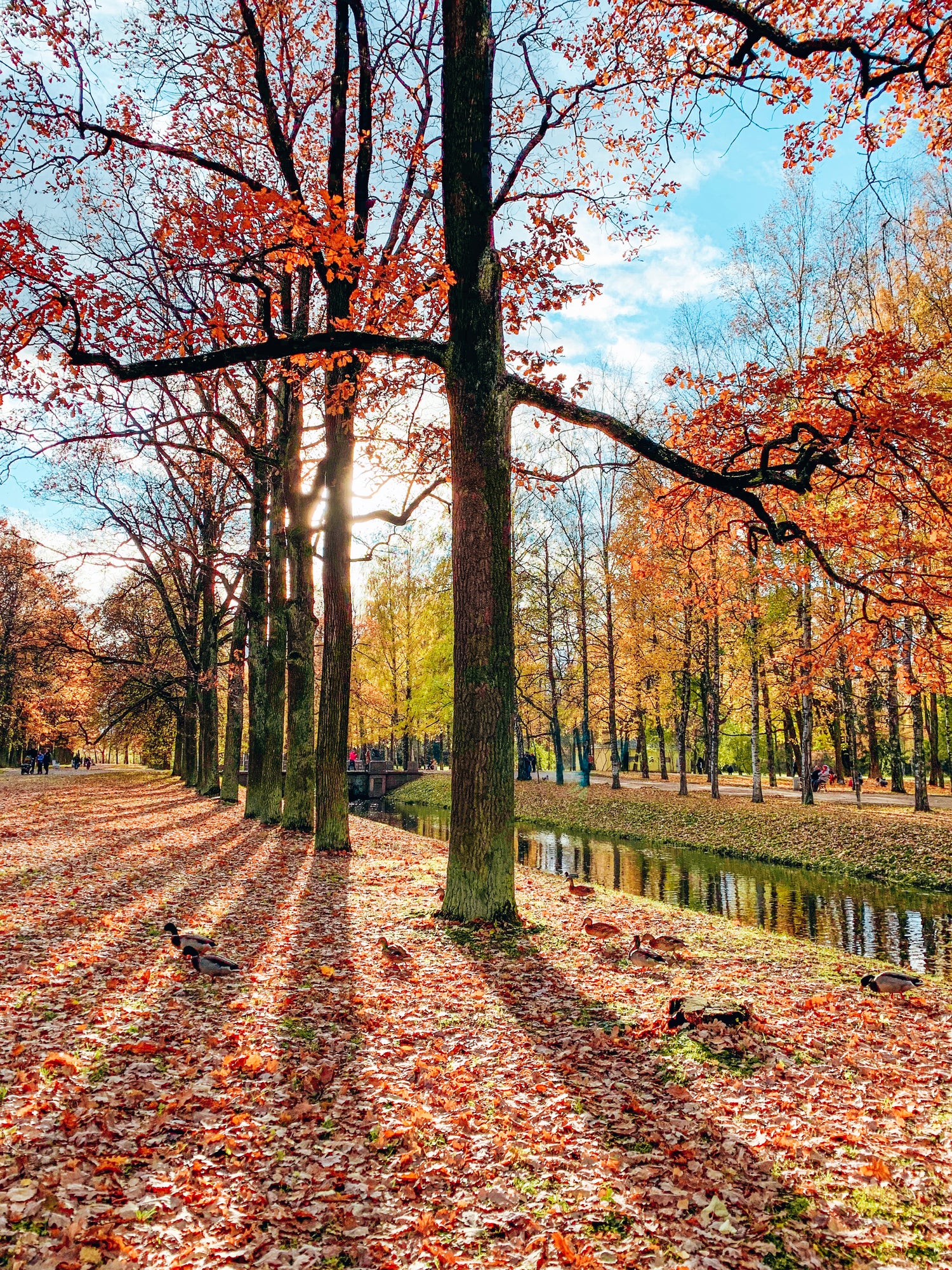
Natural Elements
We’ve found a new home for the modern human, but what is it doing to us? Now most of us live and work in buildings made from glass and concrete. Meanwhile a 2016 study looked at whether reintroducing a small amount of nature into an indoor workspace could improve mental health. Natural elements in the workplace served as a predictor of overall better health (e.g., lower depression and anxiety) as well as greater job satisfaction. And we’re not talking about drastic changes here. These researchers classified potted plants and even photos of nature as “natural elements.” It’s good to know that just having a picture of a natural scene or having a small plant at work may make a difference.

Biophilia Hypothesis
In 1984, famed biologist Edward O. Wilson described the possible benefits of nature in his biophilia hypothesis. In the 1993 book The Biophilia Hypothesis, which was a collection of essays edited by Wilson and social ecologist Stephen Kellert, Kellert proclaims a “human dependence on nature that extends far beyond the simple issues of material and physical sustenance to encompass as well the human craving for aesthetic, intellectual, cognitive and even spiritual meaning and satisfaction.” Wilson’s biophilia hypothesis suggests that we are innately affiliated with the natural environment in ways that transcend the ideas we usually have about our relationship with nature. We now find ourselves understanding the truth of his theory.
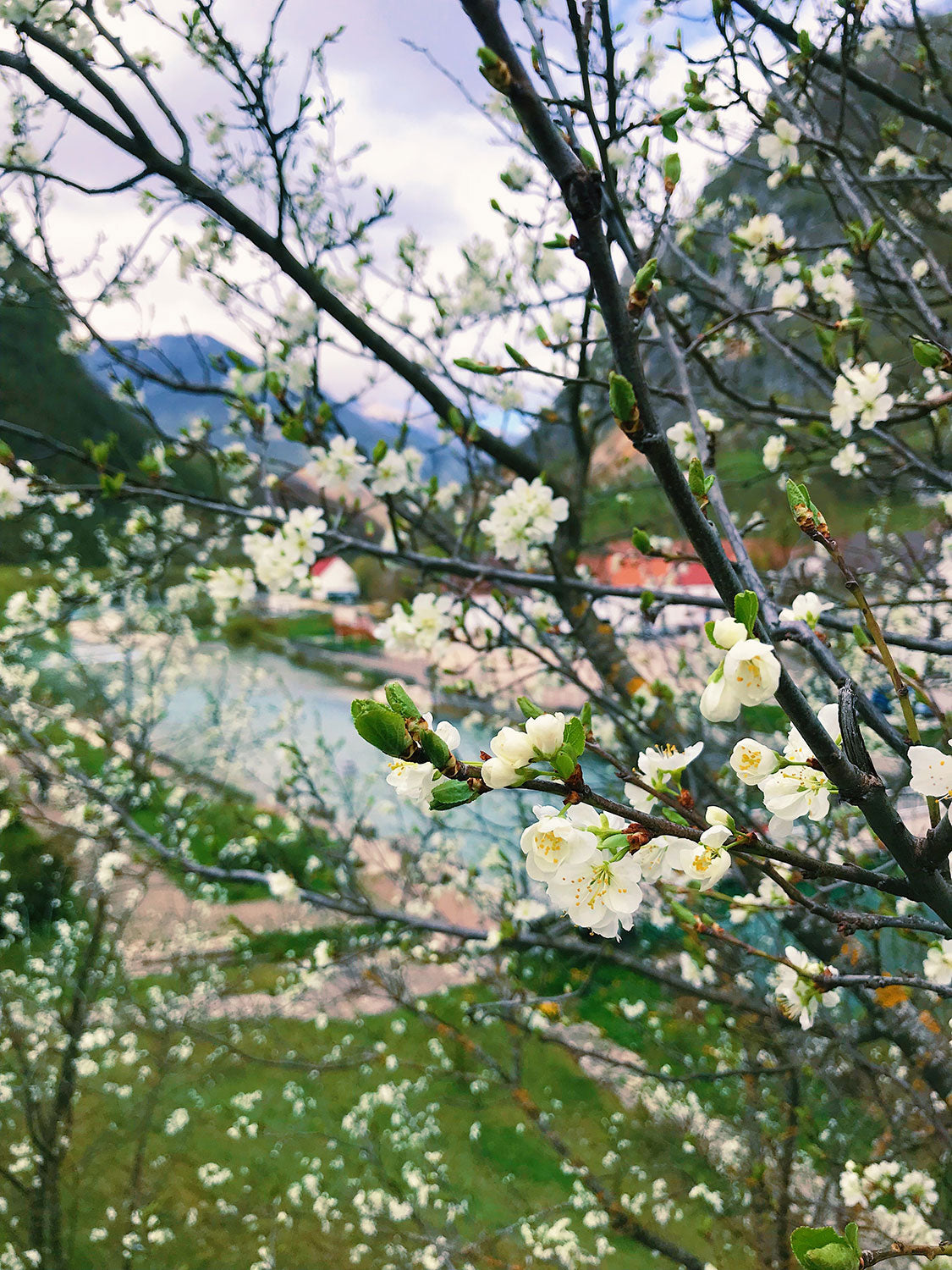
View Through a Window
That same year (1984), Dr. Roger Ulrich published a landmark paper in the medical journal Science entitled “View Through a Window May Influence Recovery from Surgery.” Dr. Ulrich reviewed the records of postsurgical patients in a Pennsylvania hospital and compared their outcomes to those of patients who were placed in identical rooms — except for a single difference: one set of rooms had windows facing a brick wall, while the other had windows facing a stand of trees. The patients in the rooms facing the trees were discharged earlier and required less pain medication. Their nurses were also one-third less likely to write notes about them that contained such phrases as “upset and crying” and “needs much encouragement.” Dr. Ulrich’s work went on to influence the way medical centers are designed.

Nature Heals And Connects
Since Dr. Ulrich’s revelatory observations, we’ve seen multiple studies confirming that exposure to nature may significantly improve the healing process. A 2011 paper, for example, looked at 278 patients in a cardiac and pulmonary rehabilitation center in a mountainous village in Norway and compared outcomes in patients with a view of nature to outcomes in patients with a view blocked by buildings. The study found what Dr. Ulrich documented decades earlier: patients whose windows were blocked by buildings experienced a worsening of physical and mental health compared to patients with an unobstructed view.
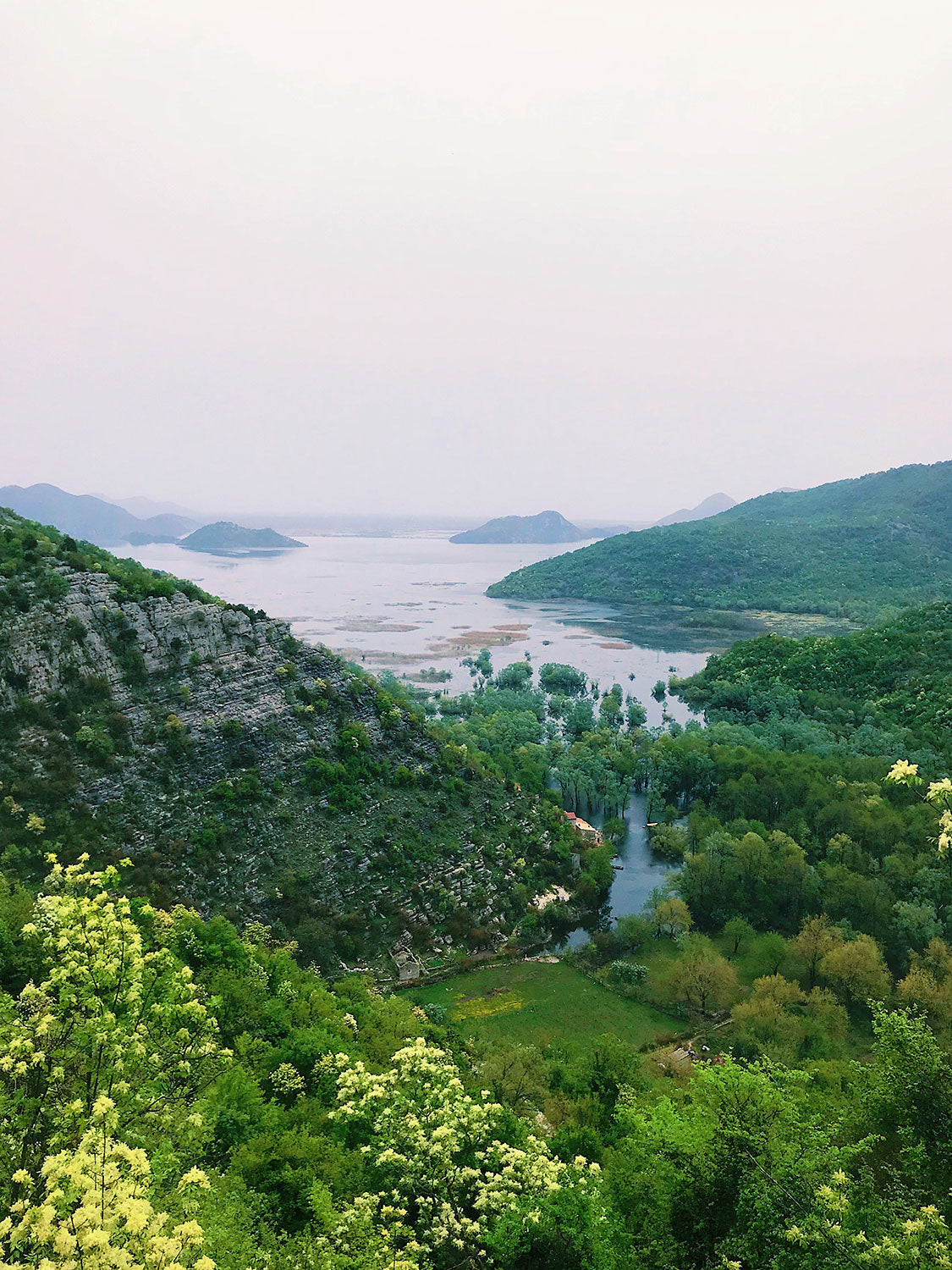
The "Green" Rooms
Dr. Seong-Hyun Park has been particularly interested in the role of nature in improving recovery from surgery. In one of her studies, she randomly assigned 90 appendectomy patients to identical rooms, save for the fact that some of the rooms contained a plant or flowers. She found that the postoperative group in rooms with plants had significantly lower heart rates and systolic blood pressures compared to the group in rooms without plants. The plant group also needed less pain medication. The participants exposed to plants overwhelmingly rated the greenery as the best thing about their rooms. Their responses to the experience indicated that, compared to the people’s experience in the control rooms, the “green” rooms were more “satisfying, relaxing, comfortable, colorful, pleasant smelling, calming, and attractive.”
While this may not seem revolutionary on the surface, the fact that a simple potted plant can significantly change hospital outcomes is a big deal. It once again proves our body’s gravitational pull toward nature and its healing properties.

Attention Restoration Theory
If you’re still on the fence, or if you feel your need to be productive outweighs the need to spend time outside, there’s something else to add. Nature (and the associated break from digital ties) may give you a substantial cognitive boost. A 2012 study tested fifty-six men and women in creative problem solving before and after a four-day nature hike. The researchers found that “four days of immersion in nature, and the corresponding disconnection from multimedia and technology, increases performance [on problem-solving tasks that require creativity] by a full 50%.” Regardless of whether you like to hike, that’s nothing to sneeze at. Nature’s positive effect on our ability to focus and concentrate has long been documented. There’s even something called attention restoration theory (ART), which psychologists Stephen and Rachel Kaplan developed in the late 1980s and early 1990s, a period characterized by rapid technological advancement and ever-increasing indoor activity and concerns about nature deficit.
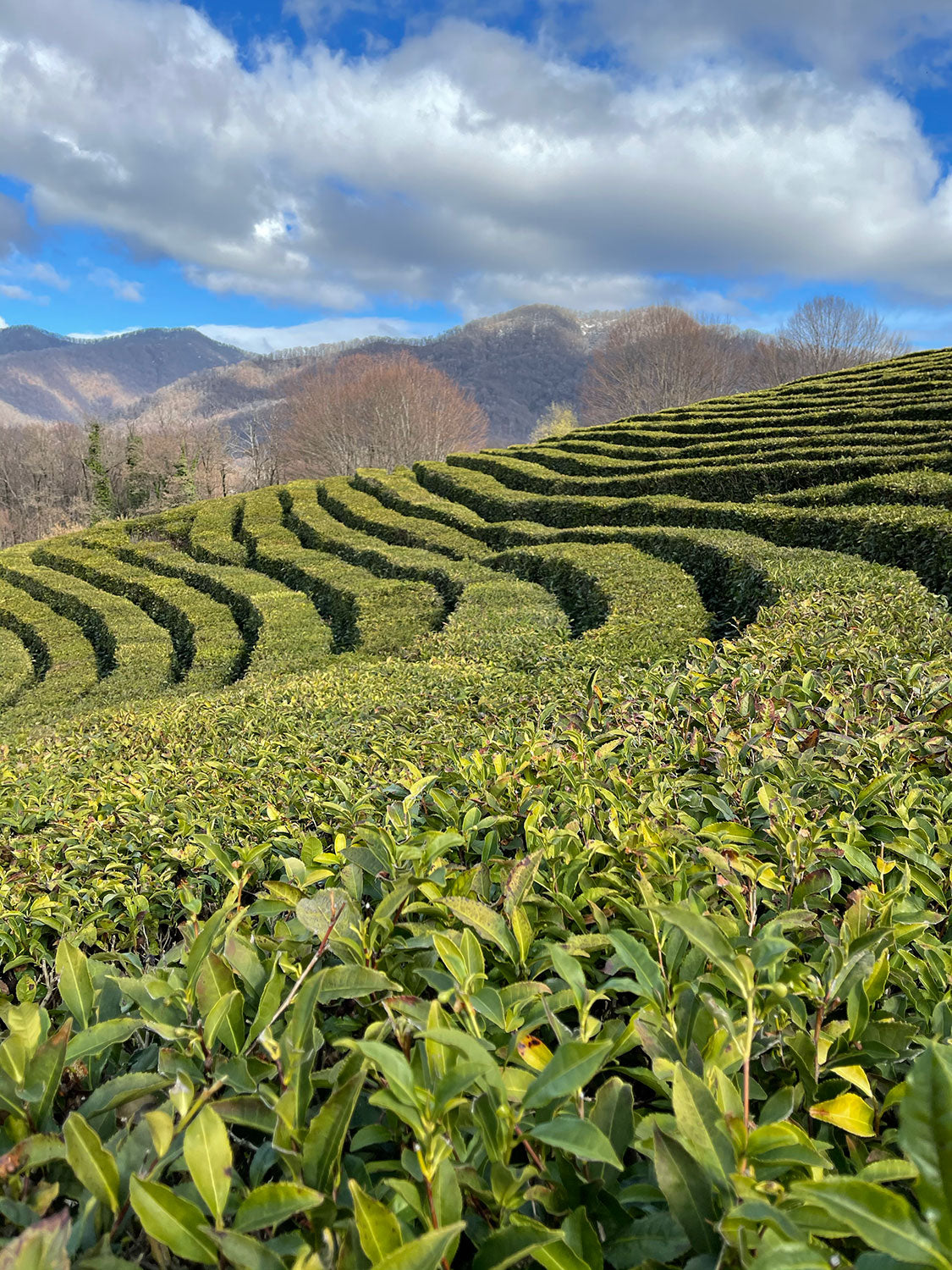
Green Living Environments
A colossal 2008 study in The Lancet looked at forty million English people and classified them by how “green” their living environments were—i.e., how much green space there was within a few kilometers of their homes. Green space was defined as “open, undeveloped land with natural vegetation” and included parks, forests, woodlands, and playing fields. The researchers found that people living in the greenest areas had the lowest rates of dying from circulatory diseases and lived longer than those whose environments were less green.
In another large study, this one conducted in 2017 and involving 1.7 million Canadians, the risk of dying prematurely was around 10 percent lower in people who lived with a lot of greenery around their residences. And yet another big 2017 study analyzed 4.2 million Swiss people and showed the same associations: residential greenery lowered the risk of dying prematurely, even when controlled for pollution and other harmful environmental exposures.
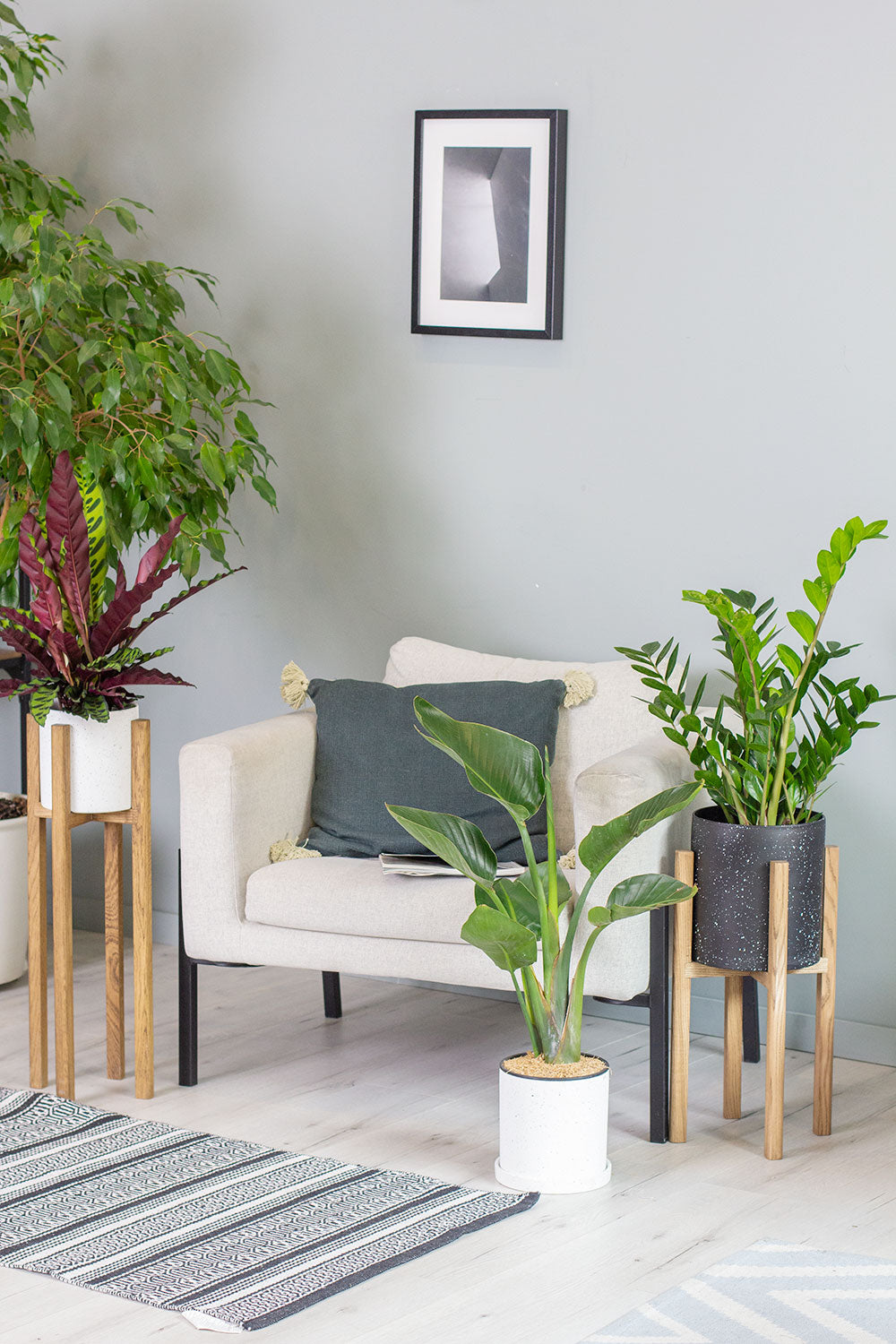
We need nature to thrive
The one key takeaway from all these studies is that nature heals and connects. And it does so through an array of mechanisms that are chemical (for example, by decreasing stress hormones and inflammation) and neurological (for example, by improving attention and memory function). It is clear that we need nature to thrive. And its benefits are within our grasp today. In a world that’s constantly threatening to keep us from becoming the compassionate, empathic, forward-thinking beings we aspire to be, how wonderful it is to know that simply exposing ourselves to nature can help set things right.
Tomorrow, see if you can wake up to natural sunlight: open your windows if weather permits. Buy a plant for your office or home. And plan to be in nature for at least thirty minutes a week — minimum! Aim to exercise outdoors when you can. Consider an ecotour for your next vacation. And when the health benefits of nature are so easy to realize, the “green pill” should be a standard prescription for all of us.
